John Curtis, a prominent British entomologist and illustrator of the 19th century, is best known for his exquisite botanical and insect engravings. His works are characterized by their intricate detail and scientific accuracy, reflecting both his artistic skill and deep knowledge of natural history. Curtis’s engravings typically feature a harmonious blend of flora and fauna, showcasing a variety of plants with their accompanying insects in their natural environments. The botanical elements are meticulously rendered, with attention to the delicate textures and colours of leaves, flowers, and stems. Insects, such as butterflies, beetles, and moths, are often depicted in lifelike poses, highlighting their unique characteristics and the interdependent relationships between species. These engravings not only serve as beautiful works of art but also as valuable scientific records, capturing the rich biodiversity of the 19th-century British landscape. Curtis's illustrations are celebrated for their clarity, precision, and elegant composition, making them highly regarded in both scientific and artistic circles.
19th-century botanical prints bring a timeless elegance and a touch of nature to the modern interior, bridging the gap between past and present design trends. These prints, often characterized by their detailed illustrations of plants, flowers, and sometimes accompanying insects, offer a unique blend of art and science that can enhance contemporary spaces with their historical charm and sophisticated aesthetic.
In a modern interior, 19th-century botanical prints can serve as focal points or complementary accents, adding visual interest and a sense of history. Their intricate details and soft colour palettes provide a natural contrast to the sleek lines and minimalist approach often found in contemporary design. Whether displayed as a single large print or grouped in a curated gallery wall, these botanicals introduce a layer of texture and depth, bringing warmth and organic beauty to a room.
The versatility of 19th-century botanicals makes them suitable for various interior styles, from modern farmhouses to mid-century modern, to even industrial chic. They pair beautifully with natural materials such as wood, stone, and linen, enhancing the room's earthy and organic feel. In more minimalist or monochromatic settings, botanical prints can provide a pop of colour and an element of complexity, breaking up the clean lines and adding an unexpected touch of vintage sophistication.
Moreover, these botanical prints can be integrated into modern interiors through different mediums—framed prints, wall murals, fabric upholstery, or even as inspiration for contemporary wallpaper designs. They are perfect for spaces like living rooms, kitchens, home offices, or even bathrooms, where they can breathe life into otherwise simple or understated décor.
Overall, 19th-century botanical prints offer a timeless aesthetic that complements modern interiors by providing a unique blend of natural beauty, historical significance, and artistic elegance, creating a serene and inviting atmosphere in any space.
dated 1834,1835, 1836

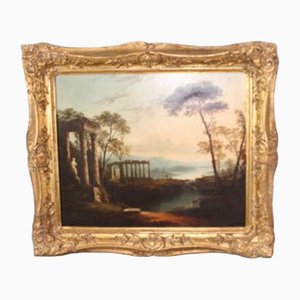
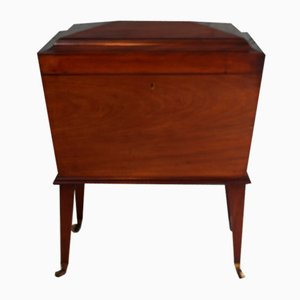







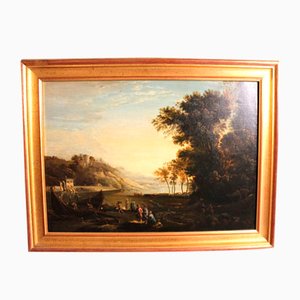
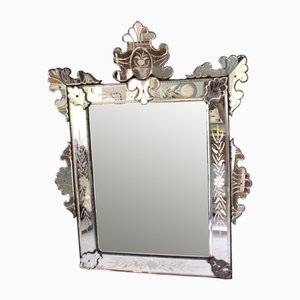

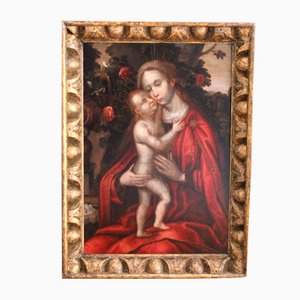

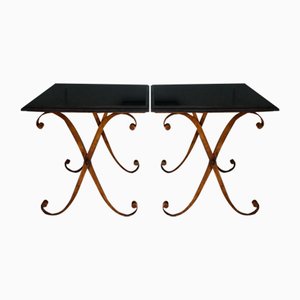
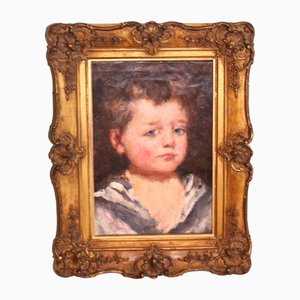

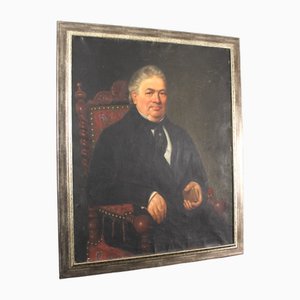

Get in Touch
Make An Offer
We noticed you are new to Pamono!
Please accept the Terms & Conditions and Privacy Policy
Get in Touch
Make An Offer
Almost There!
To follow your conversation on the platform, please complete the registration. To proceed with your offer on the platform, please complete the registration.Successful
Thanks for your inquiry, someone from our team will be in touch shortly
If you are a Design Professional, please apply here to get the benefits of the Pamono Trade Program